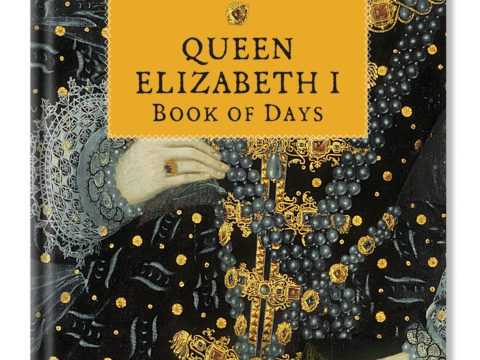John Knox: Life Story
Chapter 15 : Knox & Mary, Queen of Scots
Before Mary returned to Scotland, she had agreed with her half-brother, Lord James, that she would not attempt to over-turn the Protestant Reformation. She herself would continue to hear the Catholic mass in her own household, but that would be the extent of religious change, although she was very nervous of the presence of Knox in Scotland – she had been just as offended by the ‘First Blast’ as Queen Elizabeth had been.
Knox, however, was not prepared to give Mary the benefit of the doubt – she was a woman and she was a Catholic – she must therefore be another Jezebel. He painted a picture of the wrath of God and the punishments that would surely fall upon Scotland if there were any compromise. The English Ambassador, Thomas Randolph, wrote to Cecil that Knox ‘thunders from the pulpit, [so] that I fear… he will mar all. He rules the roost and of him, all men stand in fear’. No doubt Knox would have believed the fear to be a wholesome fear of God, rather than of His instrument.
Mary sailed into Leith on 19th August 1561. She took up residence at Holyroodhouse. Knox, by way of a welcoming committee, organised the singing of the Psalms outside her window. Mary, well aware that this was intended as a promotion of Protestantism, politely said how much she had enjoyed the music, and hoped they would return.
On the first Sunday after the Queen’s arrival, she heard mass in her chapel, along with some of the Catholic nobles, whilst Lord James guarded the door. The following week, Knox preached in ringing tones that ‘one mass is more fearful to me than if ten thousand armed enemies were landed…’. By tolerating the Queen’s idolatry, they would call down the wrath of God.
Queen Mary, keen to establish her authority immediately, and perhaps to meet her opponent, sent for Knox. The only record of the meeting and the subsequent conversations that monarch and minister had, is from Knox’s own ‘History of the Reformation in Scotland’, a work which is polemic in nature, and was written to promote his own strong beliefs. Whilst he would not pen a deliberate lie, it is probably that his recollections of their conversations matched his own desires.
The first meeting took place in the presence of Lord James, and two of Mary’s ladies. She taxed him with promoting rebellion, and encouraging her subjects to defy her authority, because she was a woman. Knox responded that whilst he personally, did not believe that women had any right to be monarchs, if the nation of Scotland accepted her, he would live under her rule as contentedly as St Paul had lived under that of Nero.
This was hardly likely to mollify the Queen., especially when followed up with the pronouncement that any monarch, regardless of gender, could be defied if they became tyrants. The meeting lasted some time, and Knox’s verdict, writing some five years later was that ‘If there be not in her a proud mind, a crafty wit and an indurate heart against God and His Truth, my judgement faileth me’.
Other than Knox, the Scots were largely pleased with their Queen. Mary was charming, apparently biddable, and careful to listen to the advice of her nobles. Knox was particularly alarmed when he heard that Mary was looking for scholars to refute his anathema against women rulers. He countered this by writing to Elizabeth, suggesting Mary was aiming at the English throne.
Desperate to prevent ‘idolatry’, in November 1561, Knox sought to persuade Lord James, the Earl of Morton (a convinced Protestant) and William Maitland of Lethington, that Mary’s mass should not be tolerated. He was certain that subjects were entitled to suppress idolatry, even if it was carried out by their monarch. But the lords were not convinced. They decided to put off any decisions by writing to Calvin to hear his opinion.
Meanwhile, an attempt to resolve the finances of both the Catholic Church, the Protestant Kirk, and the Crown was made, with one-third of the ecclesiastical revenues being surrendered, to be divided equally between Mary, for her household maintenance, and the stipends of the Protestant ministers. Knox was disgusted – he complained that two-thirds of the revenues were continuing to support the devil, whilst the third part was shared between God and the devil.
Knox was again offended when the Protestant celebration of the marriage of the Lord James, now Earl of Mar and Moray, and Agnes Keith, over which he presided was celebrated with magnificent feasting and entertainments at Mary’s expense.
He was even angrier when he discovered that Mary had secretly met a Papal nuncio, who had requested that she send representatives to the Council of Trent.


